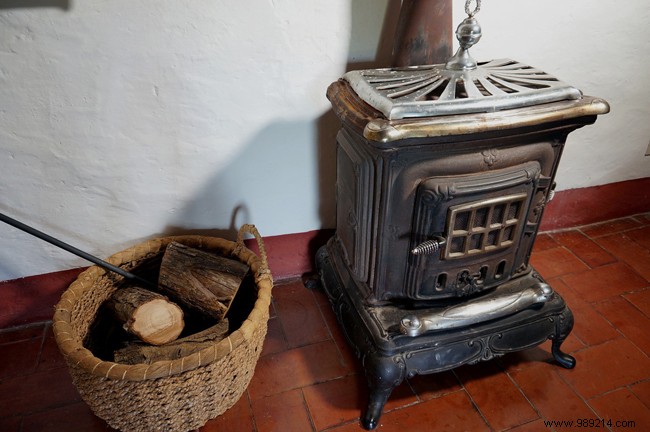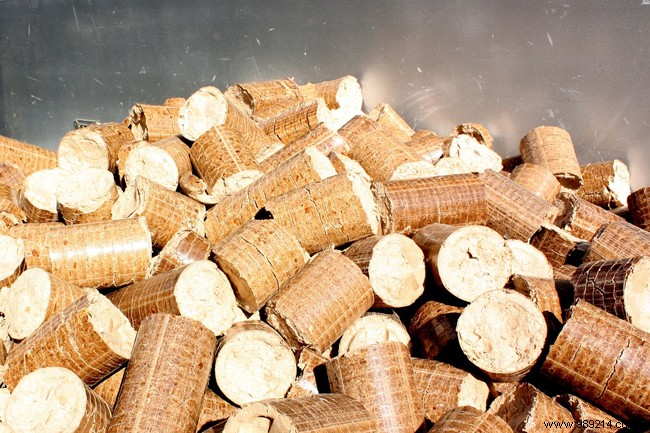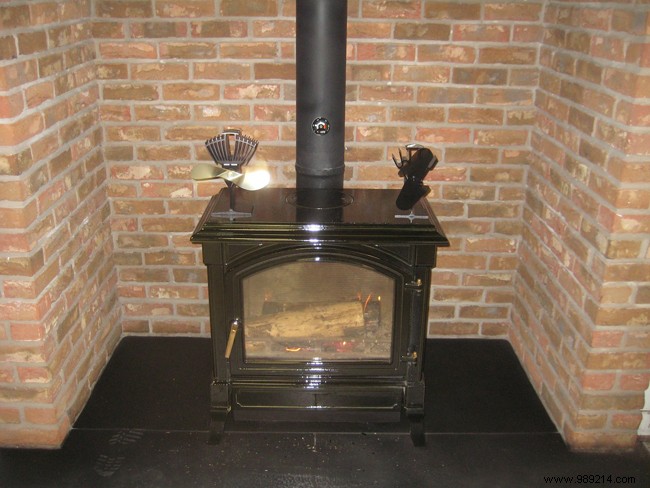
With the arrival of the winter period, the drop in temperature requires the use of an efficient, economical and ecological heating system. In this context, the stove is an advantageous solution but you still have to know which model to choose...
Heating is one of the biggest expenses in the house. The soaring price of fossil fuels is not helping matters and consumers must turn to more economical solutions, ideally operating with renewable energy. Wood meets these criteria perfectly. Shunned for a time by consumers because of its rustic appearance, the wood stove is making a strong comeback in homes . And for this, manufacturers have made enormous efforts in recent years to enhance the attractiveness of this product.
A successful bet:now, this heating system is available in many models. There is of course the classic model which continues to appeal to the most nostalgic and which finds its place in old houses. It is available in cast iron and steel. The latter has the particularity of heating very quickly. On the other hand, it is lacking in heat storage.
In the range of more contemporary models is the double combustion stove . The principle of this device is quite ingenious. When the logs burn, the gases escaping from this combustion ignite, which considerably increases the efficiency of the heating.
An almost identical performance can be found with the mass stove . The return of heat can be done for 24 hours with this model. Indeed, after the fire is extinguished, the stored heat diffuses very slowly and for a long time. This is possible thanks to the significant weight of the heating, which can go up to 6 tons, and to the heating body made with heavy materials such as refractory concrete, refractory bricks or steatite, a rock with a very high heat capacity, coming from Finland.

The difference between a classic wood stove and a so-called "pellet" stove is the fuel. The first works with logs while the second requires the use of small wood pellets made up of agglomerated sawdust. This fuel not only has a low moisture content but also has a high calorific value.
This type of wood stove offers a relatively simple mode of operation. Burned pellets generate heat. The stove stores the ashes, a flue takes care of eliminating the smoke and the heat in turn spreads through the house. The advantage of this heating system is that it can be autonomous if it has an automatic distribution device allowing it to operate for up to four days. Thanks to a programmer, it is also possible to choose the time of ignition and extinction of the stove. Likewise, the user can choose the power level and thus manage the degree of heat.
But that's not all. In terms of performance, the pellet stove displays a performance of up to 80 to 90%.
Several criteria must be taken into account when choosing a stove. Among the most important is the efficiency designating the ability of the device to restore heat in the house thanks to the fuel that burns. When we say that a heating system has an efficiency of 90%, this means that it restores 90% of the heat produced. The ideal is to opt for a stove model with an efficiency of more than 70%. This approach also allows you to obtain a tax credit.
Power is another important factor. It is to be defined according to the needs of the house (auxiliary heating or central heating). However, you should know that a stove will be more suitable for auxiliary heating (i.e. heating only one room and not the whole house). 1 kw for 10m2 or 1kw for 25 m3 is more than enough for a well insulated dwelling.

The size of the fireplace is also to be considered. The ideal is to opt for a small fireplace which guarantees good combustion rather than a large fireplace whose combustion is lacking. In terms of the material, it must be able to capture and properly release heat. Steel, cast iron or lined with a refractory material will do.
Finally, the choice of label is decisive. The Green Flame Label created by heating solution manufacturers in collaboration with ADEME ensures economical, reliable and ecological appliances.
Many variables determine the price of a stove. For a classic model, it will take between 500 and 15,000 € depending on the power, performance, material, brand and others. The pellet stove for its part is worth between 1200 and 5000 €.
Add to these prices the installation of the conduit which costs between 1000 and 2000 € for a new installation and 500 € for a connection with an existing conduit.
By choosing a wood or pellet stove in the accommodation, comfort and practicality are guaranteed. Also, it is interesting to invest in this heating solution, especially since manufacturers are constantly improving their products to adapt to the needs of all consumers.